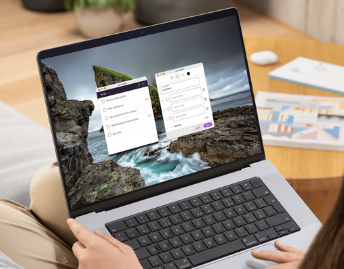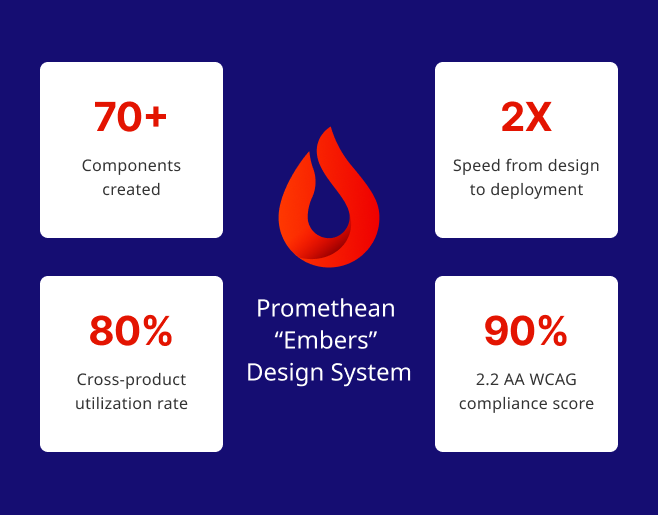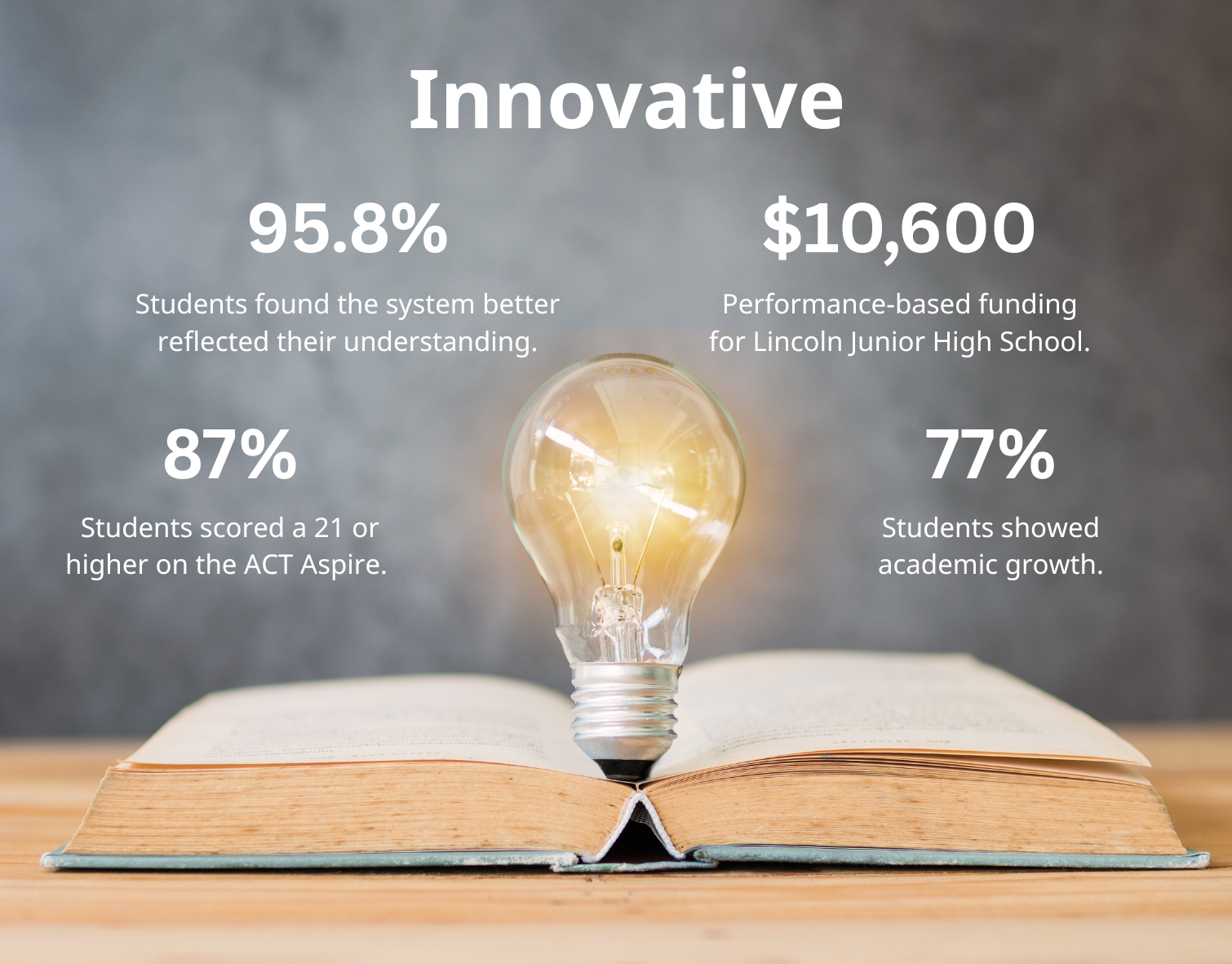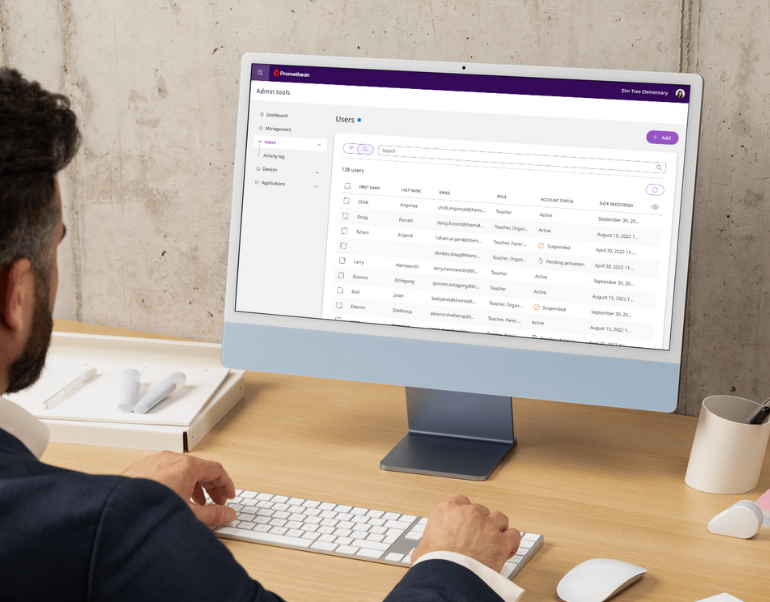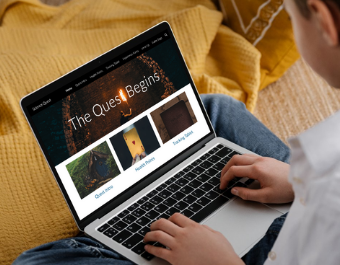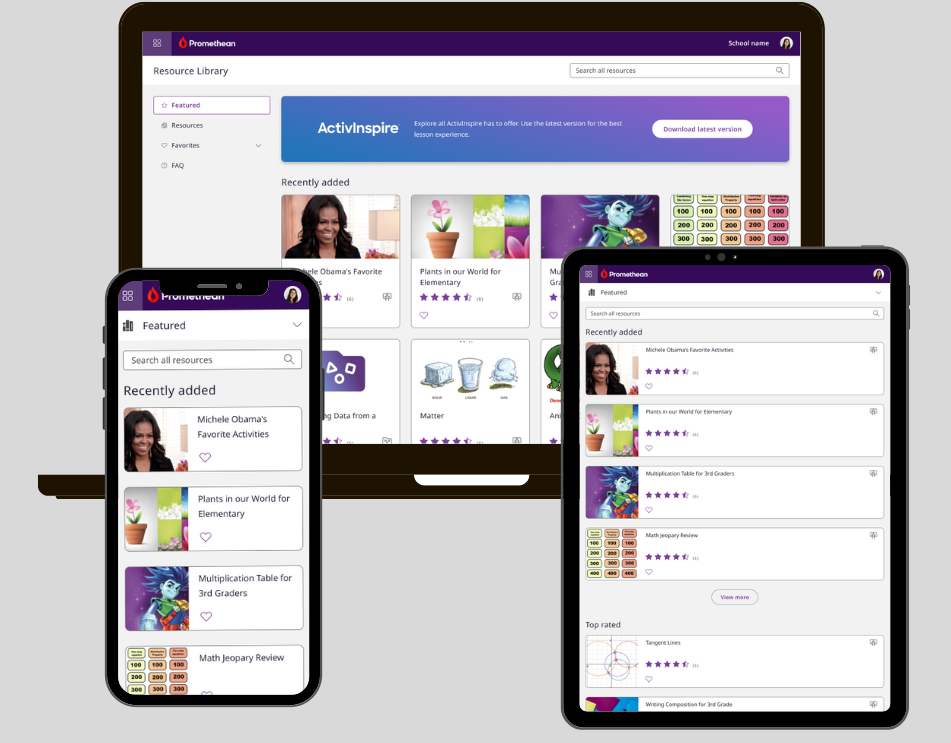My passion for accessibility stems from personal experiences as an educator, which I shared in a published blog for Promethean titled 'When We Make Teaching Inclusive for All, It Benefits Everyone.' This story highlights my journey and commitment to designing inclusive environments, reinforcing why accessibility is at the core of my design philosophy. Technology can sometimes feel impersonal, I recognize that and design to ensure that every individual matters and that everyone feels valued and appreciated.
Accessibility Advocacy & Implementation Project
As UX Lead Product Design for accessibility, My project manager and I spearheaded a company-wide initiative to improve product accessibility standards, ensuring compliance and a better user experience for all users (Education IT administrators, teachers, and students), including those with disabilities. This project encompassed comprehensive research, accessibility training courses, cross-functional collaboration, learning experiences, product implementation, and the development and introduction of a process change proposal for the company.
Problem
Our website does not accommodate users with disabilities, including those with visual, auditory, motor, or cognitive impairments. This lack of accessibility creates barriers to navigation, content consumption, and interaction, leading to user exclusion, frustration, and unequal access to information or services. Furthermore, this can expose the organization to legal risks, damage its reputation, and limit audience reach.
DOJ Mandates ADA Compliance Deadlines for Accessible School Websites
The U.S. Department of Justice (DOJ) has reinforced the importance of accessible websites in schools through various rulings, particularly about the Americans with Disabilities Act (ADA). The ADA mandates that schools, both public and private, must provide equal access to their programs and services, including online platforms used by students. Websites must comply with the Web Content Accessibility Guidelines (WCAG) 2.1 Level A and AA standards by specific deadlines.
• For public entities serving populations of 50,000 or more: Compliance is required by April 24, 2026.
• For entities serving fewer than 50,000: Compliance must be achieved by April 26, 2027
Research & Learning Journey
My objective was to gain expertise in WCAG best practices, integrate them into design and development, and act as a resource for accessibility questions across teams.
To achieve this, I completed extensive training through A11y Collection, Level Access, and LinkedIn courses, building skills in accessibility practices and automated/manual testing. While
documenting my learnings in Figma for designers and Confluence for product managers throughout the process.
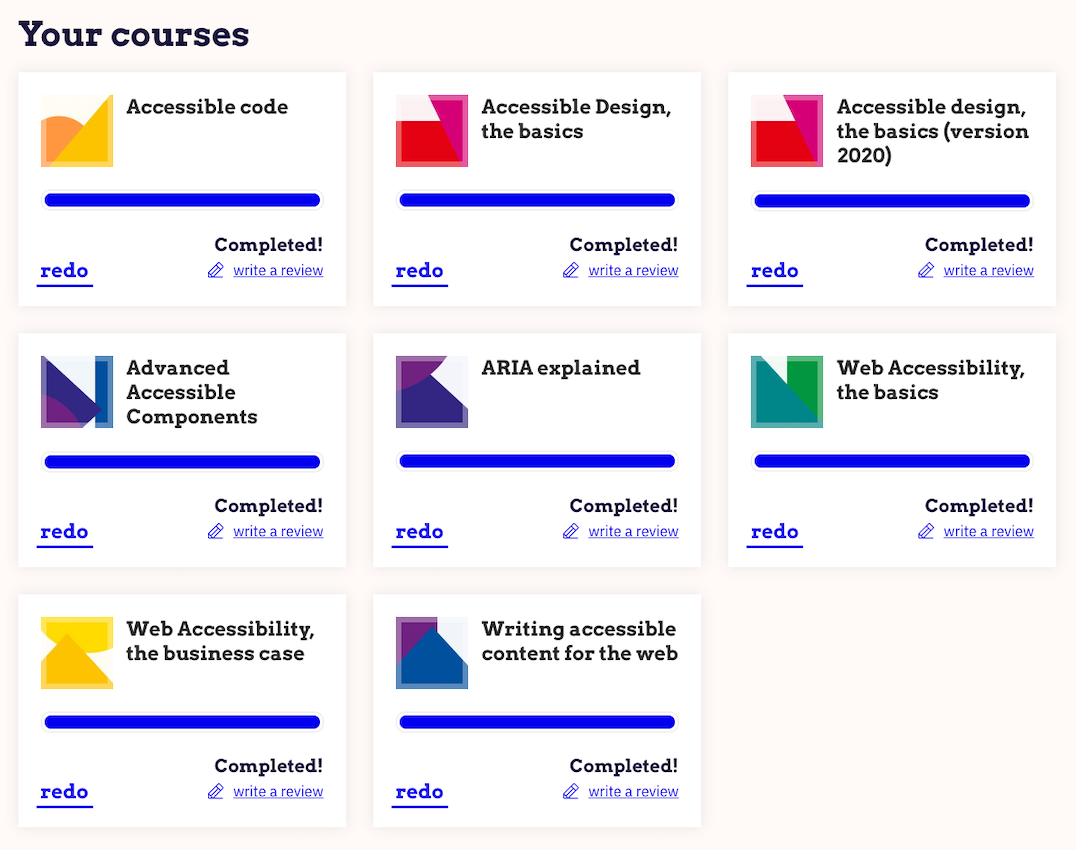
Accessibility Collaboration with Level Access
Partnered with Level Access for manual accessibility audits and gained expertise in VPATs and design compliance. Worked with developers and QA to review scan results, providing feedback and recommendations. Educated teams on the limitations of automated testing, ensuring critical issues were documented and addressed.
This collaboration ensured that all critical and high-priority accessibility issues were documented as tickets and assigned to teams for resolution.
Designing begins...
With 82% of the organization relying on the design system, the priority was to start there. Accessibility principles were applied and documented on every atom, molecule, and organism. Documentation was designed to guide designers, developers, and QA teams across the organization.
Advocacy Within the Organization
Education & Support
Documented all accessibility learnings in Figma and Confluence, creating a central hub for resources.
Led presentations to promote accessible design and educate team members across all departments, including senior leadership.
Established office hours for colleagues to seek real-time guidance on accessibility questions or blockers.
Increased accessibility awareness and education across the organization, enhancing collaboration on accessibility issues.
Implementation & Documentation
Created digital sticky notes checklists with links to the lessons for design teams to ensure accessibility considerations were part of the design process.
Also documented this information in Confluence for sales and marketing teams who did not have access to Figma.
Impact & Results
Established and enhanced the accessibility testing process and feedback loop among the design, QA, and development teams.
Successfully educated and involved cross-functional teams in accessibility initiatives, driving an inclusive approach to product development which resulted in a reduction of 55% of accessibility issues. Development is now twice as fast as it was before the design system.
Enhanced company-wide accessibility standards, improving overall user experience for all users, including those with disabilities. The website has now achieved a 94% compliance rating, while the design system scored 90% for WCAG 2.2 AA standards. We have also obtained a VPAT (Voluntary Product Accessibility Template) for the website.
